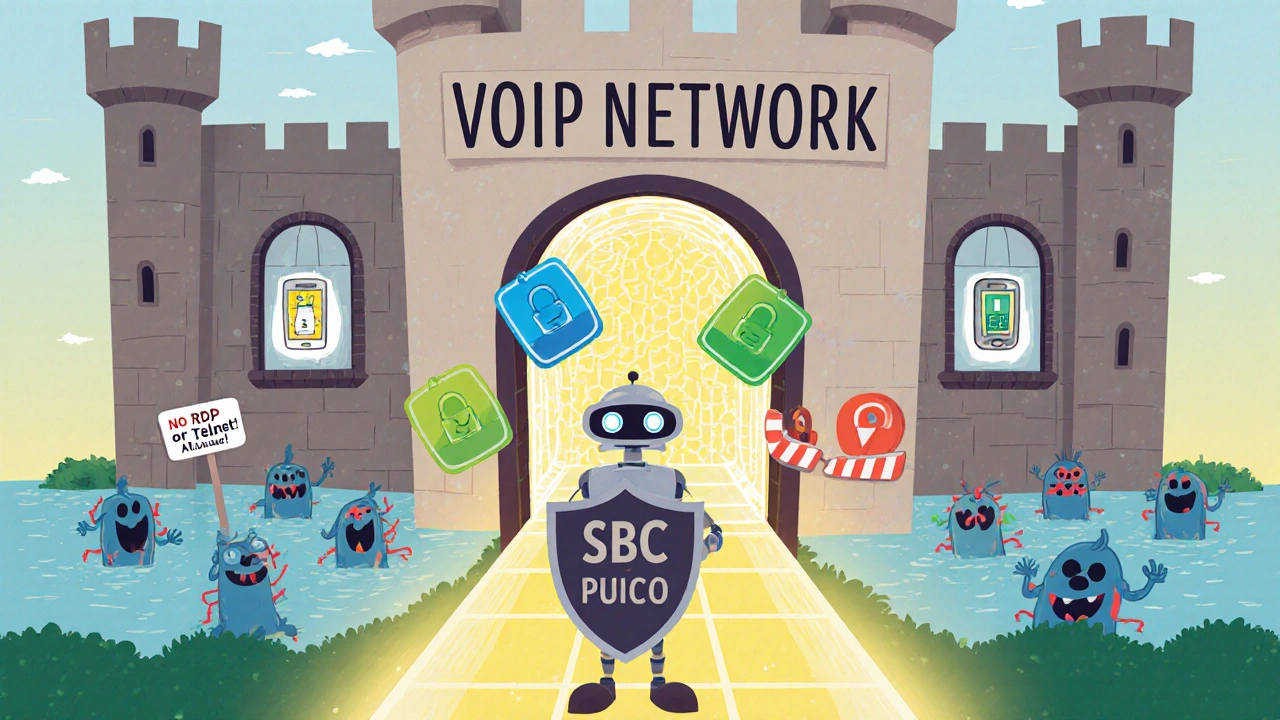SIP Security: Protect Your VoIP Calls from Hackers and Toll Fraud
When you use SIP, the protocol that routes voice calls over the internet. Also known as Session Initiation Protocol, it’s the backbone of modern VoIP systems. But if you don’t secure it, your phone system becomes an open door for hackers. SIP security isn’t optional—it’s the difference between paying $50 a month for calls and $5,000 in fraudulent charges overnight.
Most attacks target weak passwords, unpatched systems, or poorly configured firewalls. A SIP brute-force attack, a flood of automated login attempts to guess SIP credentials can crack weak passwords in minutes. Once inside, attackers make international calls, drain your account, and leave you with a massive bill. The fix? Rate limiting, a network rule that blocks too many failed login attempts, combined with Fail2ban, a tool that automatically blocks IP addresses after repeated failures. But even that’s not enough without RBAC for VoIP, Role-Based Access Control that limits who can change settings or make calls. A receptionist shouldn’t have admin rights. An intern shouldn’t be able to reconfigure your trunk lines.
Real-world breaches don’t come from fancy malware—they come from sloppy habits. Default passwords. Unchanged PINs. Shared admin logins. One company lost $12,000 in two weeks because someone used the same password for their SIP server and their email. The fix wasn’t expensive: strong passwords, two-factor authentication, and segmenting your network so your phones aren’t on the same system as your accounting software. That’s toll fraud prevention, the practice of stopping unauthorized long-distance calls before they happen. It’s not about buying expensive firewalls. It’s about doing the basics right.
What you’ll find below are real, tested ways to lock down your SIP system. No theory. No fluff. Just how to set up Fail2ban, how to assign roles so your team can’t accidentally break things, how to spot the warning signs of an attack, and which settings actually matter. Whether you run a small office or manage a call center, these posts show you exactly what to do—before your next phone bill arrives.

